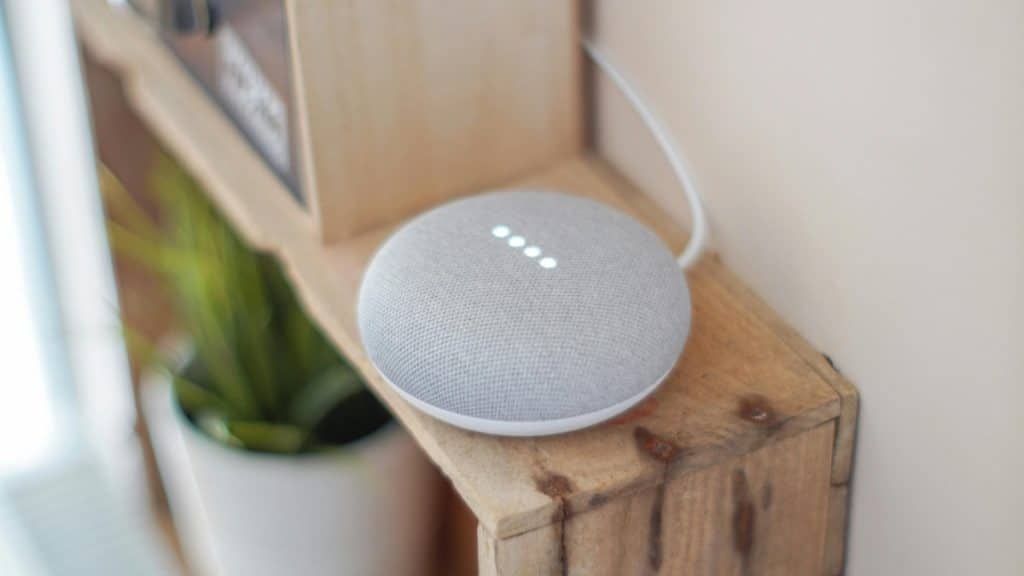As homeowners look for more ways to reduce their environmental impact, integrating Internet of Things (IoT) technology has become a game-changer in modern households. These smart devices not only make life more convenient but also provide meaningful ways to cut energy use and contribute to a more sustainable lifestyle. From smart thermostats that intelligently control heating and cooling to energy-saving lighting systems, IoT allows homes to operate efficiently while reducing carbon footprints and saving on energy bills.
This article will explore how homeowners can future-proof their living spaces by integrating IoT technology for a more sustainable and energy-efficient lifestyle. We will also provide practical advice on how combining IoT with renewable energy can maximize the environmental benefits of these innovations.
Smart Thermostats: Cutting-Edge Climate Control
Temperature regulation is among the biggest energy expenses for any household. With a smart thermostat, homeowners can optimize these systems to match their daily schedules and weather patterns, ensuring energy is not wasted. Smart thermostats, such as those produced by brands like Nest or Ecobee, analyze behavioral patterns to adjust temperatures when residents are home or away.
This technology not only provides comfort but also significant savings. Some smart thermostats even offer energy reports and suggestions to improve efficiency, allowing homeowners to see how their usage stacks up and make informed decisions. Additionally, these devices are compatible with renewable energy systems, meaning households can combine smart thermostats with eco-friendly power sources, like wind or solar, to lower their environmental impact further.
Intelligent Lighting: Light Where and When You Need It
Lighting is another area where IoT devices can make a significant difference in energy consumption. Intelligent lighting systems, such as Philips Hue or LIFX, allow homeowners to control lighting remotely, schedule when lights turn on and off, and adjust brightness based on room activity.
Motion sensors, in particular, are highly effective at ensuring lights only operate when needed, preventing unnecessary energy usage. These systems can also adapt to the time of day, automatically dimming or brightening lights based on natural sunlight levels. As an added benefit, many smart lighting systems work with popular voice control systems like Amazon Alexa or Google Home, making them both user-friendly and energy-efficient.
Energy-Efficient Appliances: Smarter, Greener Choices
Many everyday appliances are now equipped with smart technology that helps reduce energy consumption. From refrigerators that adjust their cooling based on what’s inside to washing machines that optimize water and detergent use, these devices offer substantial savings for homeowners.
For example, a smart refrigerator can track how often the door is opened and adjust cooling settings accordingly, reducing the need for constant energy use. Similarly, smart dishwashers and washing machines can sync with energy-efficient cycles, only operating during off-peak hours to take advantage of lower energy rates. When paired with renewable energy sources like wind power, these appliances can help lower the household’s carbon footprint significantly.
The Role of IoT in Managing Home Energy Systems
IoT devices do more than control individual appliances or systems; they can also provide real-time insights into a home’s overall energy consumption. Smart energy meters like those offered by Sense or Emporia allow homeowners to track their energy use down to specific devices, helping them pinpoint areas where they can cut back on consumption.
These meters often come with apps that provide detailed reports, allowing users to make smarter decisions about how they use energy. Homeowners can monitor their energy in real time and set up alerts for unusually high usage. The ability to manage all devices from one platform means more precise control over the household’s energy efficiency.
Renewable Energy and IoT: A Perfect Match
Combining IoT devices with renewable energy sources is one of the most effective ways to enhance a smart home’s sustainability. Homeowners who utilize renewable energy, such as wind or solar, can maximize their green potential with the help of IoT technology. For instance, energy-efficient smart devices powered by Texas energy companies providing wind-generated electricity can significantly lower utility expenses and carbon emissions.
By incorporating IoT systems into a home powered by renewable energy, homeowners can track how much energy their smart devices use and optimize usage during peak renewable energy generation. This synergy between smart technology and renewable energy makes the home even more eco-friendly.
Long-Term Savings and Environmental Impact
One of the most compelling reasons for integrating IoT technology into your home is the long-term financial and environmental savings it offers. The initial investment in smart home technology is often significant, but it pays off through reduced utility bills and lower energy consumption. By optimizing heating, cooling, lighting, and appliances, homeowners can significantly reduce their monthly energy expenses.
Moreover, the environmental impact of using IoT in a smart home powered by renewable energy is considerable. A home that reduces its reliance on fossil fuels minimizes energy waste and lowers overall consumption, contributing to a cleaner, more sustainable planet. This shift toward energy-efficient living aligns with worldwide efforts to combat climate change and safeguard natural resources for future generations.
Embracing the Future of Sustainable Living
The world is moving toward smarter, greener living, and IoT technology is playing a critical role in that transformation. As more devices and systems become connected and optimized for energy efficiency, homeowners have a unique opportunity to future-proof their homes in a way that benefits both the environment and their wallets.
By integrating smart thermostats, lighting systems, energy-efficient appliances, and renewable energy sources, homeowners can lead the charge in creating efficient, comfortable, and convenient eco-friendly spaces. With IoT, the future of sustainable living is no longer a distant goal — it’s a reality that can be achieved today.
